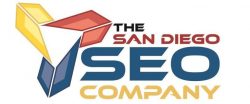Search engine optimization (SEO) is a broad discipline where you can easily get stuck or get caught up in details.
Of course, the specifics are important – but a top-down approach with a comprehensive strategy that allows you to stay on track is essential.
Whether you’re just starting out or you’re a Fortune 500 brand, you’ll find that an SEO plan that takes into account the full range of factors and constant updates will help you improve and grow.
So in this column you will find a complete checklist to help you create an SEO strategy built for your unique needs. You will consider key considerations for:
You will also want to consider these factors that make up a good website. Prepare your content, UX, IT and other marketing resources to join you on your SEO journey for the best possible results.
Technical SEO Cheat Sheet
Contents
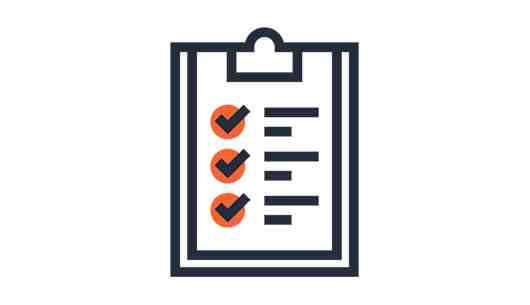
Before focusing on the specific content you want to rank in search engines, you need to make sure that your site can be indexed and indexed.
All this falls into the category of technical SEO.
Free Reporting Platforms
Get started by making sure you have Google Search Console, Bing Webmaster Tools, Google Analytics, and Google Tag Manager linked on your site.
All of these tools provide excellent diagnostic and analytical data to help you along the way.
XML Sitemap
This is a sitemap for your website. A Sitemap file is a modern way of “submitting” your pages to search engines.
Most web platforms have this built-in or have plug-ins / add-ons that will create a dynamic sitemap that stays in sync with the pages on your site.
In the worst case, you should have at least a static one that you can create with a number of free tools.
Robots.txt
This file gives search engines instructions on which pages or parts of the site not to index. By default, search engines will review all the content they can find.
Even if you don’t want to restrict search engines from indexing any page on your site, make sure this file is:
See best practices for setting meta robots tags & amp; Robots.txt to learn more.
Domains
If you have more than just your primary domain name, make sure you know what each of your additional domain names does. If they’re parked and not in use, that’s fine.
If they redirect to your site, make sure 301 redirects to it (compared to mirroring or 302 redirects).
This could be a quick area that you can easily check and continue, but don’t ignore, as it can cause duplicate content problems and confusion as to which domain name is right.
Site Architecture
The more hierarchies and structures you can build into your navigation and sections of your site, the better. This will benefit users and search engines and present organized topics and content (more on this later).
Make sure the directory structure and URLs match the literal page and file structure of your site’s content.
Retreating and planning the structure of a website or sitemap is a good starting point. This encourages you to think about content, how you prioritize certain aspects of your site, and how you want to guide your users (and search engines) through it.
Speed
We continue to see statistics showing that users are spending less and less time before bouncing.
Search engines have strived over the years to include page speed in their ranking factors.
Find ways to reduce the use of JavaScript and pieces of code that load heavily on your pages, and find ways to cache or load items.
There are some great developer tools that can help you identify the right areas for optimization on your site to achieve page load time at a competitive level.
Learn how to improve your site’s performance: Quick wins in 4-speed revision.
Mobile-Friendly
It goes without saying that we need to be mobile-friendly. However, even if you have built your site in a mobile framework, such as responsive design, it is important to ensure that it is actually validated.
Make sure you run it through Google’s mobile friendliness test.
Also, do as much user experience (UX) and quality assurance (QA) testing as possible to make sure it really works for your users on all the devices you expect to use.
404 Pages
Remember to create a custom 404 page and enter useful information on it. You don’t want to lose a visitor to your site if a default browser error occurs.
You need to create a 404 page that includes useful links, navigation, site search functionality, and contact options.
SSL
Much like the need for mobile friendliness and website speed, it’s important to have a secure website.
If your site is not under SSL, you may lose users before they reach your site when they see a security warning in Chrome or other browsers.
Build trust in your site by taking the usually simple step of implementing an SSL certificate on your site.
Plugins, Add-ons, Or Extensions
If you’re using a content management system, chances are you’re already using plug-ins or other code extensions that you trust.
Most platforms have tools you can add to your site that provide additional control over SEO and analytics features.
Whether it’s WordPress SEO plugins or others for Drupal, Magento, etc., look out for trusted plugins, extensions, or add-ons that give you maximum control and functionality.
Core Web Vitals
Core Web Vitals is a category of additional technical factors of the site that are now relevant to Google.
These ranking factors are in addition to site experience factors such as mobile friendliness and page speed. These site experience factors can surely take you on a journey into detailed coding and IT areas.
Don’t forget to research to learn more about CWV. If you are not the person responsible for technically implementing optimization updates for LCP, FID, and CLS, then make a compelling argument as to why they are important to SEO and provide information to team members that you will rely on to implement.
Pre-existing Issues
Do you have luggage from a previous site or old, outdated SEO tactics?
Or you may have a valid reason for duplicate content across the site and the web.
Before embarking on page optimization, it is important to know what you are facing.
If you have multiple duplicate pages, you may want to consider a canonical strategy or how you want to use indexing robot instructions for good reason.
It’s important to be aware and edit before you put the time and effort into page-level optimization.
Copyscape and Screaming Frog are among my favorite tools for finding duplication and analyzing content before delving into SEO on the site.
On-Page SEO Cheat Sheet
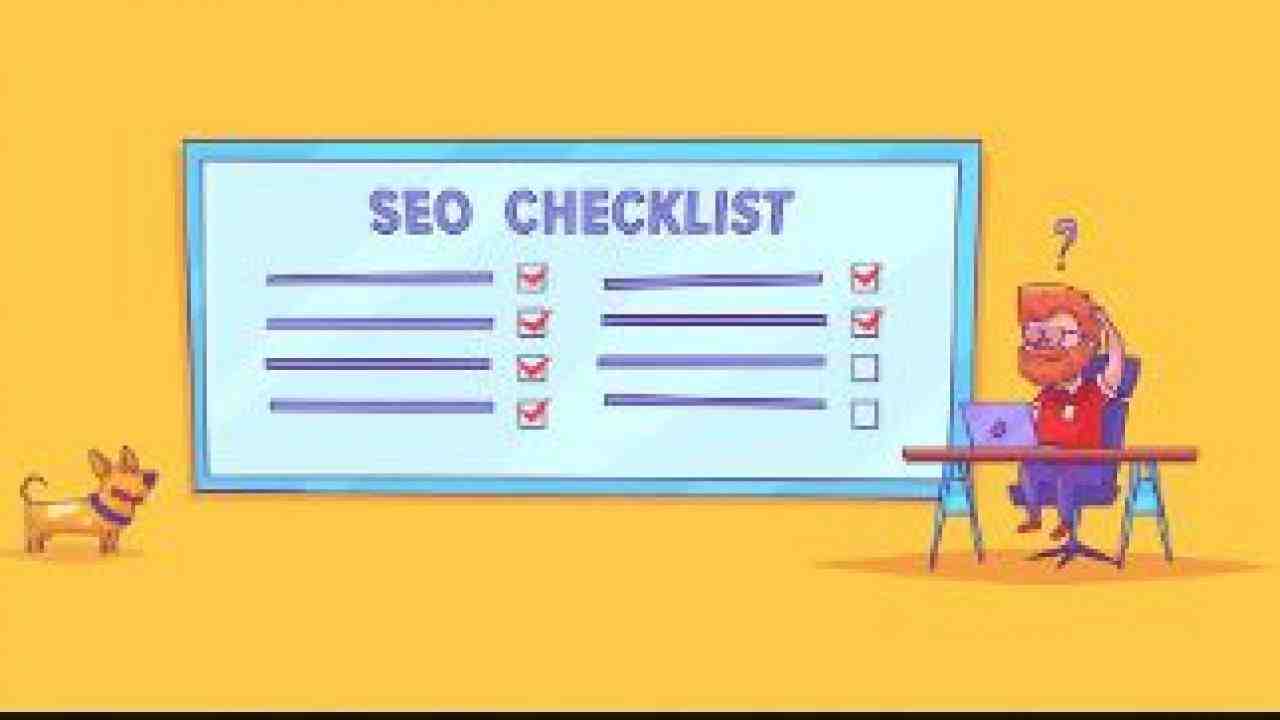
Most people tend to think about the factors on the page (e.g. keywords, content, title tags) when SEO is mentioned. However, the days of optimizing only individual parts of pages or websites as strategies are over.
Search engines care much more about context than keywords, so don’t be tempted to update your meta tags or text and keep going.
The way we build context is in all the elements on the page within the page and then we think about how the pages connect to each other within the sections and navigate the site.
Keywords & Topics
Before you can really focus on the construction context, you need to know what you want to build it for.
If you haven’t done keyword research or more extensive research on your target audience, you’ll need to stop here and take some time to learn what topics and phrases your audience will use to find your website.
Remember that the days of filling terms into a copy of a page or tag are long gone.
We need to use SEO tools to discover the right terms, phrases and topics that are in line with what we do. From there, we can delve into the individual words we use in the architecture of the city.
Basically, you need to know the terms that are important, map them into your content, and then get to work with the rest of the list of factors on the page that you need to follow.
Content
Content is needed to show relevance.
If you have few words and aspects on your site, it’s hard to compete with sites that are robust and full of content. More is not always better, as high quality definitely beats a lot of quantity.
But if you can achieve both, you will be in an even better place.
You win with rich content written for users that resonates with and is clear to search engines. Don’t be tempted to use outdated tactics that will harm the user experience and threaten you with search engines.
For tips, see why content is important to SEO.
URL
This is the first element of the page and is sometimes overlooked. Search engines can index ugly, faceted URLs.
However, a URL is an opportunity to present a clean directory structure that includes keywords and context as to what the page is about.
Don’t miss the opportunity to customize URL paths.
Title
Again, the title tag alone won’t help you much. However, you must have an appropriate, unique tag for each page.
Follow best length and keyword best practices for the topic of the page, and write and implement static tags or ensure you have dynamic formulas to fill in the title.
Meta Description
Just like the title tag, we need to have a custom and thematically relevant meta description for each page.
Whether static or dynamic, make sure it’s useful to the user, that it contains keywords that are relevant to the content, and helps build context with a title tag.
Headings
Title or “H” tags discuss relevance to SEO. Again, I’m not focused on a single element, but on how all the elements work together to build context.
If you can use title tags, do so in an organized manner and make sure they use relevant keywords. Try to use only one H1 label and make it the first.
Website platforms or developers often use them for CSS purposes, so you may not have an H1 tag and a bunch of H6 tags on your page. Pay attention to how and how they are woven into your code and content.
Body Copy
While much of the old school focuses on latent semantic indexing, keyword density, and formulas for how many times words should appear on a page is outdated, you can’t ignore the fact that a master copy on a page is often the biggest block. indexed content.
Don’t skip the inclusion of focus keywords in the base copy, as you need to relate to the context you’re building in other areas up to this point.
However, don’t bother using the keyword 37 times. Do what is natural and focus on the bigger picture and you will be in good shape.
Image Alt Attributes
One of the biggest red flags I get in the results of the accessibility and audit reporting tools on the page is the missing replacement text. Replacement text helps search engines understand what the picture is about.
This is another opportunity to embed keywords in a page. In addition, you need to consider those in your audience who may be using a screen reader to ensure that your site is fully accessible.
Structured Data
Although not necessarily a direct factor in ranking – the Schema.org tag goes right to the heart of context building.
Using appropriate structured data tagging for the content of your site can help search engines offer another clue as to which segment or category your topic is in.
If your site platform doesn’t have an easy way to add this, and if it’s a large item in terms of cost or time, place it at the back of the line behind the items listed above.
External SEO Factors
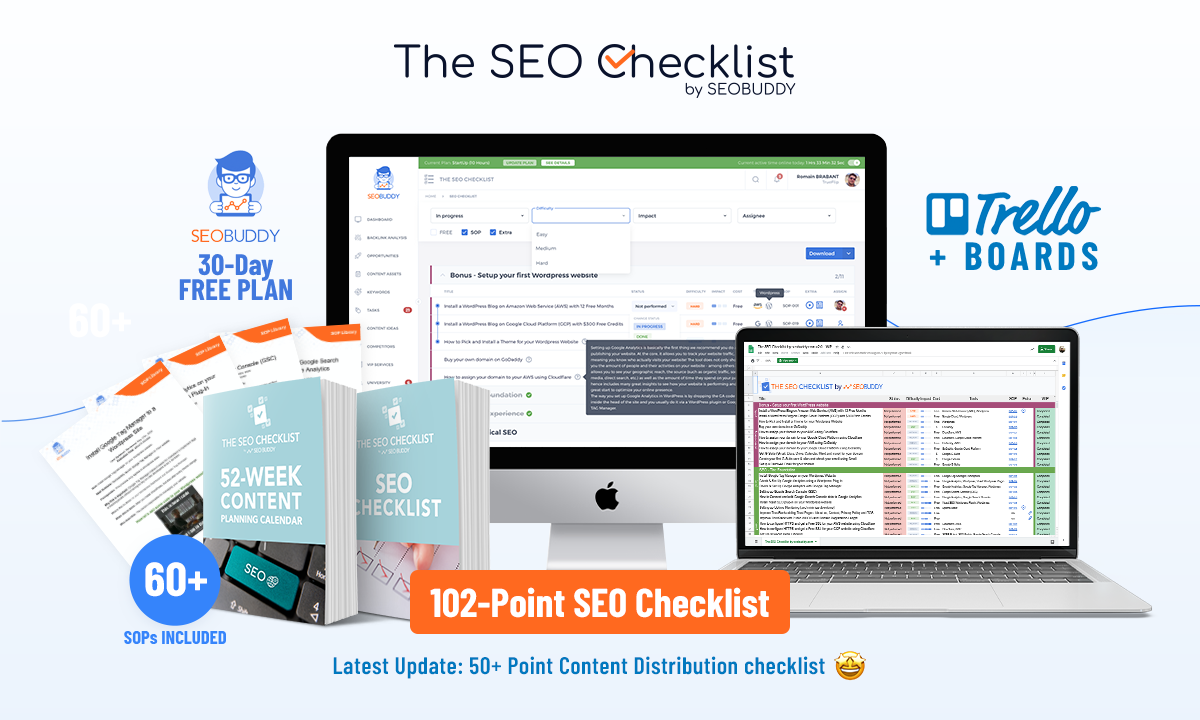
External factors are things you can’t control on your site and don’t necessarily belong on the checklist.
However, I would be wrong to draw a picture that all you have to do is index and stuff on the page and that you will climb to the top of the search engines.
Factors on the page affect the relevance and trust of your content in search engines. External factors affect your “authority” status and confirm your site as an expert in this field.
Links
Inbound links (ie backlinks) to your site from credible and authoritative sites play a big role in SEO. Unrelated mentions of brands (i.e. quotes) and how much people talk about your website online are also important.
There is a lot to be said about creating great content that people naturally want to connect to.
To complement your outstanding content, it doesn’t hurt to find great sources of quality links through natural relationships, accreditation, and potential sources of traffic in your industry.
You want to focus your efforts on quality resources that are relevant to your topic – and you never pay to link in a way that violates relevant search engine guidelines.
Local Search
If you have a physical or service business, local directory and search site citations are crucial.
While requiring and properly owning your listing entry helps protect your brand at a basic level, you need to make sure your name, address, and phone number (NAP data) are accurate and consistent in all relevant places by publishing local and social directories.
There is a whole local directory ecosystem and if you can deal with at least NAP data, you will build a good foundation.
Social media can also improve your SEO efforts (and other digital marketing), even if it won’t directly affect your ranking.
An important first step is to ensure that your site connects to your and your active social media accounts and vice versa.
In addition, you need to ensure that your level of engagement is the same as your high-ranking peers. This is a relative scale, but by understanding what your competition is doing, you can ensure that the SEO aspect of the social network is covered.
Conclusion
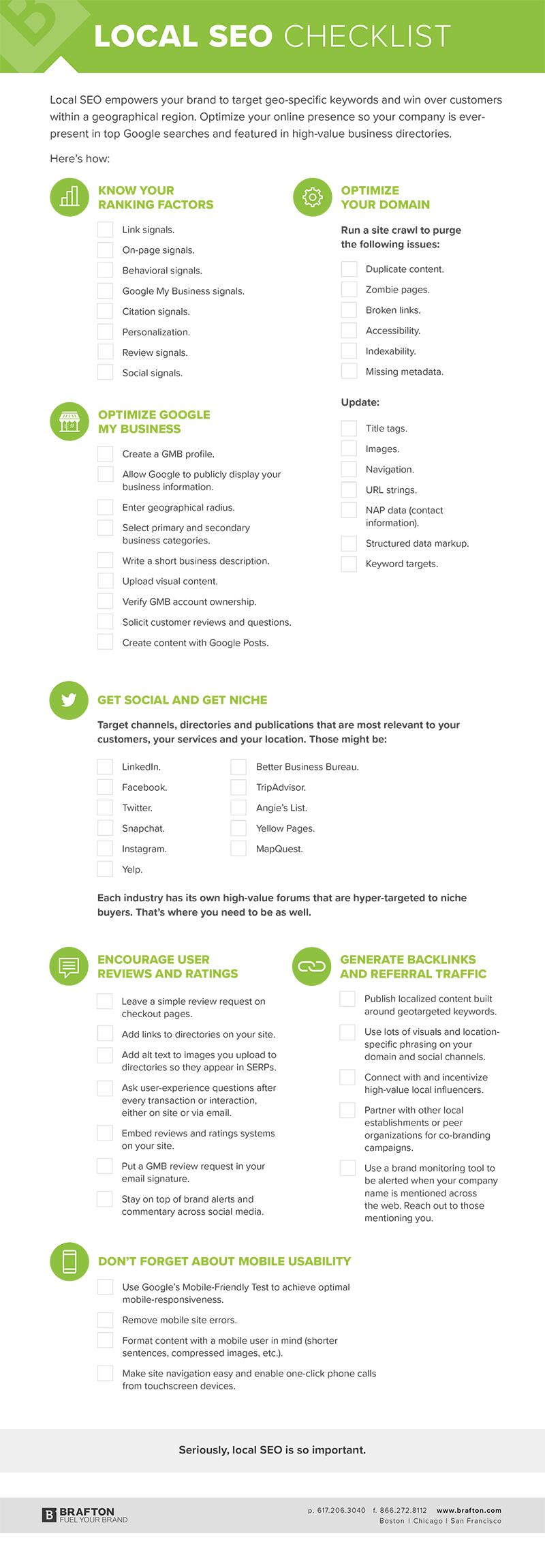
I hope this checklist will help you optimize your site. Improving the technical and web SEO of your site will help Google find and index your content.
As you continue to optimize your site, keep an eye on Google Analytics’ unpaid search traffic to see the results of your changes.
Selected image: E.F.S / Shutterstock
How do you do basic SEO?

Setting up for SEO success
- Get a good domain.
- Use an online platform.
- Use a good web host.
- Create a positive user experience.
- Create a logical site structure.
- Use a logical URL structure.
- Install a good SEO plugin.
What is an example of SEO on a site? Examples of some SEO actions on a site include: Optimizing title tags and meta descriptions. Writing in-depth, quality content. Clean up your site code.
What is on page SEO and off page SEO?
SEO on the site focuses on optimizing the parts of your site that are under your control, while SEO on the site focuses on increasing the authority of your domain by creating content and getting backlinks from other sites.
What is off page SEO?
Off-site SEO refers to all the things you can do outside of your site to help you improve your SERP position: building links, forums, reaching out to influential people, and marketing content, to name a few. In layman’s terms, off-site SEO helps search engines understand what others think of your product, service, or website.
What is the difference between on site SEO and off site SEO?
While on-site SEO focuses on improving the quality of your site, off-site SEO focuses on leveraging other sites and sites on the web to improve your position on the search rankings.
What is on page and off page SEO?
SEO on the page refers to SEO factors and techniques focused on optimizing the aspects of your site that are under your control. Off-site SEO refers to SEO factors and strategies focused on promoting your site or brand online.
What are the 4 main components of an SEO?
The stronger the links between each of the 4 components of SEO – technical SEO, on-site SEO, off-site SEO and content – the better the results. Awareness of connections will help us better understand how to make the most of them.
What are the 3 components of SEO? We have covered three basic parts of SEO: Technical SEO, SEO content / relevance and SEO promotion / authority.
What are the main components of SEO?
The three main types of SEO factors on a page are content, architecture and HTML.
What is the core of SEO?
Three basic components of a strong SEO strategy To optimize a website, you need to improve your ranking factors in three areas – technical site setup, content, and links.
What is the main function of SEO? SEO means “search engine optimization”. It’s a practice of increasing the quality and quantity of traffic to your site and exposing your brand to unpaid (also known as “organic”) search engine results. .
What are the 3 pillars of SEO?
Instead, SEO is supported by three different pillars: discovery, relevance, and authority. Make sure your site follows these three SEO concepts for the future, and you will have a content marketing strategy that will increase your site on search engine results pages (SERP).
What are the 3 most important on-page SEO factors?
To conclude, the most important SEO factors on a page include well-written and original content, a good title and description tag, design with proper use of title and subtitle, use of images and their descriptions, and well-composed URLs. which contain the most important keyword and are not too long.
What is SEO job profile?
As an SEO expert, you will identify strategies, techniques and tactics to increase the number of website visitors and gain a high ranking placement on the search engine results page. By creating more potential customers for the company, you will open up new opportunities to drive growth and profit.
What is the work of SEO? A search engine optimization specialist (SEO) analyzes, reviews and implements changes to websites so that they are optimized for search engines. This means increasing traffic to the site by improving the ranking of pages in search engines.
Is SEO good career?
‘Yes. SEO is a good career option as it is among the most sought after professions in the field of digital marketing. There are several organizations around the world that hire SEO experts to create better content and thus create more business leads.
Is SEO a good career 2021?
Yes, SEO is a good career in 2022 because it gives you access to a variety of opportunities. You can work in a company, receive customers, and even start and develop websites that you own. In addition, the three most popular sites, Google.com, YouTube.com and Amazon.com, are also the largest search engines.
Does SEO have a future?
The future of SEO will be brand integrity and the use of partnerships and relationships to enhance credibility and popularity. The importance of PR and gaining traction online through other websites and media centers will be valuable for SEO success.
Is SEO an in demand job?
However, with the growing complexity of user learning and behavior algorithms, there is a clear trend of increasing demand for SEO professionals. These evolving career opportunities for those who want to work in SEO (or want to hire high-quality SEO experts) are diverse and important in the field of marketing.
Which is the most important on page SEO factor?
Meta tags are the most important factor of On Page SEO. It has four basic components: meta title, meta description, meta keywords, and meta robot tag.
What are the 3 most important SEO factors on a site? To conclude, the most important SEO factors on a page include well-written and original content, a good title and description tag, design with proper use of title and subtitle, use of images and their descriptions, and well-composed URLs. which contain the most important keyword and are not too long.
Content is one of the most important factors in SEO ranking. Search engines want to provide the best possible results, so they give the highest rankings to sites that have well-researched, in-depth and well-crafted content.
What is the single most important on page SEO factor?
The only most important SEO factor on a page for full ranking potential: domain authority.
What are the important aspects of on page SEO?
In addition to publishing relevant, high-quality SEO content on the page, it includes optimizing your titles, HTML tags (title, meta, and header), and images. It also means that your site has a high level of expertise, authority and trust.
Which of the following is an aspect of on page SEO?
SEO on a page refers to the elements of SEO that you control on a website, or just the code of a website. Examples of SEO on a site include content, headings and headings, image optimization, title tags, meta descriptions, structured data, and more.
